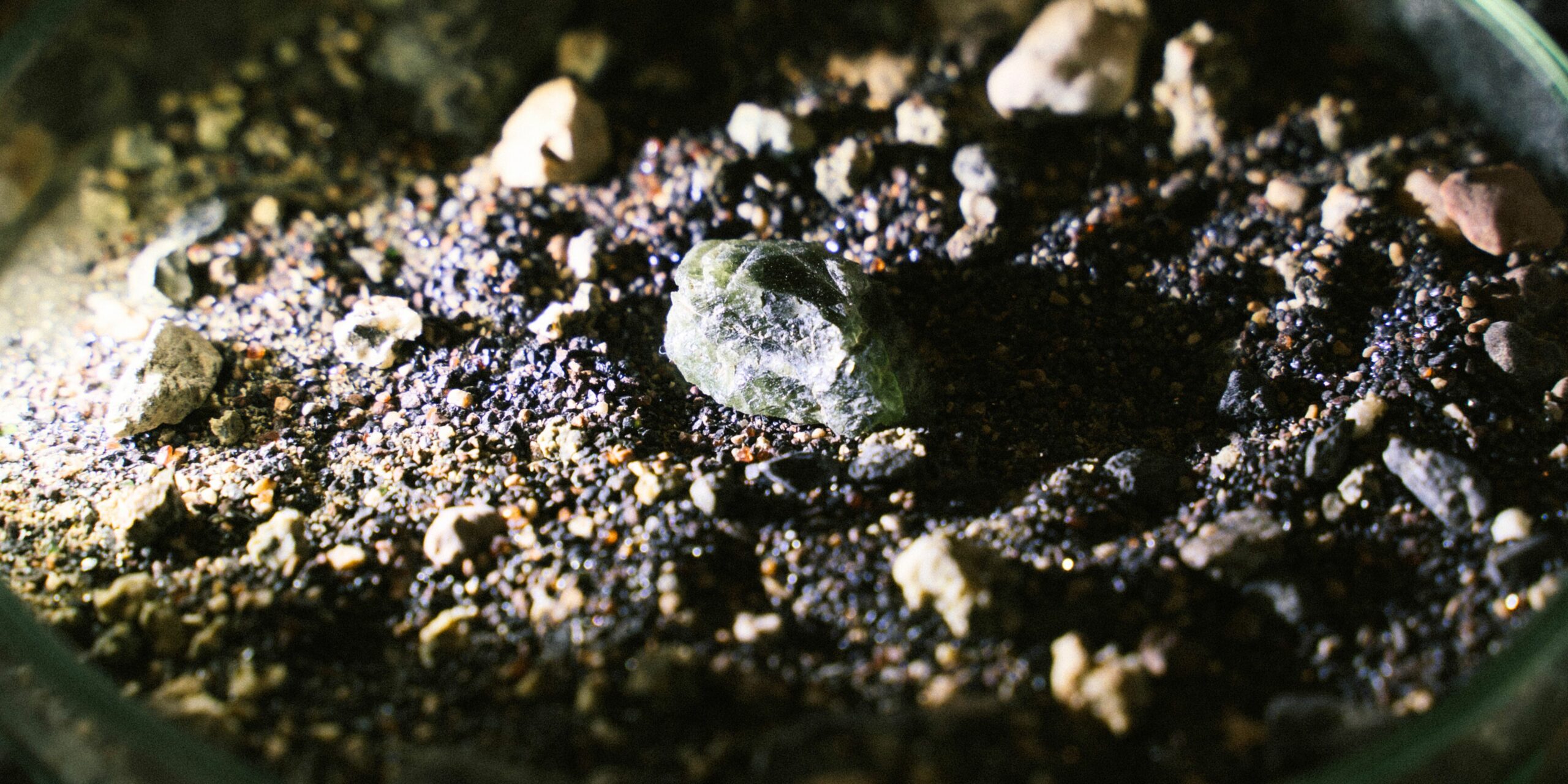Gemstones have captivated humanity for centuries, their allure embedded in their vibrant colors, stunning brilliance, and inherent rarity. While the overall beauty of a gemstone is undoubtedly captivating, it is the specific type of mineral within that gem that plays a pivotal role in determining its value. This article delves into the fascinating world of gemology, exploring how the type of mineral can significantly influence the worth of precious gemstones.
The Role of Minerals in Gem Formation:
Gemstones, in their raw form, as created in nature, are minerals that have undergone intense geological processes over millions of years. These processes, involving heat, pressure, and chemical reactions, contribute to the unique crystalline structures that define each gemstone. The type of mineral present in a gemstone is essentially the fingerprint of its geological history.
- Color Spectrum:
Gemstones owe their colors to the presence of specific trace elements or defects in their crystal lattice. For instance, chromium imparts the vibrant red hue to rubies, while iron and titanium create the spectrum of colors in sapphires. The type and amount of mineral impurities directly impact the intensity and shade of the gemstone’s color, influencing its desirability and consequently, its value.
- Clarity and Transparency:
The mineral composition also plays a crucial role in determining a gemstone’s clarity. Some minerals naturally form with fewer internal inclusions or blemishes, leading to greater transparency. Clear examples include diamonds and quartz. Clarity is a significant factor in evaluating a gemstone’s value, with clearer specimens generally fetching higher prices. However, the rarity of the mineral can sometimes have a greater impact on its value.
- Hardness and Durability:
The Mohs scale of mineral hardness is a key factor in assessing a gemstone’s durability. Diamonds, composed of carbon atoms arranged in a strong crystal lattice, are the hardest known natural substance. This hardness contributes to their exceptional durability and resistance to scratches, making them highly sought after. The second most durable mineral (which is also a gem), is Moissanite, (9.5 on the Mohs scale) but it is very rare in nature. Third is the corundum (the main mineral of Sapphire, Ruby, and the Carmel-Sapphire) which stands at 9 on the Mohs scale. In contrast, softer minerals like calcite or fluorite may be beautiful but are more prone to wear and damage, impacting their overall value.
- Unique Optical Properties:
Different minerals exhibit distinct optical properties that contribute to the visual appeal of gemstones. Opals, for example, display play-of-color due to their unique internal structure, making them prized for their captivating iridescence. The unique inclusions in the Carmel Sapphire (found only in the Holy Land of Israel) gives it a heavenly appearance, just like the sky. The rarity and uniqueness of these optical features enhance the value of the gemstone.
- Rareness and Scarcity:
The overall rarity of a mineral also influences the value of the gemstone. Some minerals are exceptionally scarce, and gemstones formed from these minerals are consequently more valuable. Carmel-Sapphire, found exclusively in the Holy Land of Israel, exemplifies this principle. Its limited geographical occurrence contributes to its desirability and high market value.
Conclusion:
In the realm of gemology, the type of mineral within a precious gemstone serves as the cornerstone of its value. From the dazzling colors of rubies to the pristine clarity of diamonds, each gem tells a geological tale woven by the unique properties of its mineral composition. As collectors, jewelers, and enthusiasts continue to be entranced by the beauty of these Earth-formed treasures, the interplay between minerals and gemstones remains a captivating journey of discovery and appreciation.
HOLYGEMS is the exclusive marketer of Carmel-Sapphire – consisting of corundum (9 on the Mohs scale) and other minerals found in nature only in the Holy Land of Israel.

